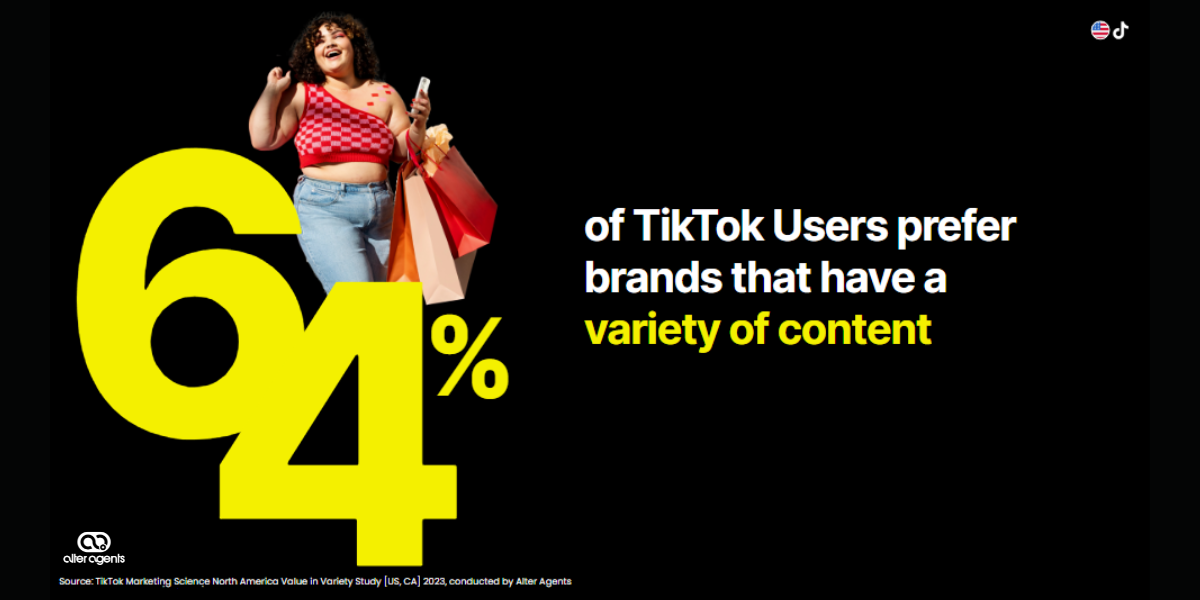
Mobile Video Consumption & Engagement Have Shifted For Millennials, Gen Z
We are excited to release the results of new research we conducted with Snapchat and Omnicom Media Group into how mobile video consumption and engagement are changing, specifically among millennials and Gen Z. The study identifies the emotional impact of viewing video on mobile platforms, providing data to help brands understand how behaviors have changed during the COVID-19 pandemic. The results are fascinating, and garnered coverage from outlets including AdWeek, Social Media Today, and AIThority.
“We found fundamental shifts in mobile behavior among U.S. consumers, particularly younger audiences,” said David Roter, VP of Global Agency and Brand Partnerships, Snap Inc. “Many of these changes are here to stay. Our new study connects the data on new viewing habits with impacts on engagement, connection to others and the value of positive, emotional responses. What we find is a reality where many have changed not only how they watch video, but where, when, and why.”
Key Findings
- Video consumption has increased during the pandemic, increasing the most (up 61%) on social media apps.
- Most millennials (60%) and Gen Zers (50%) plan to continue consuming higher amounts of video content, even after the global crisis is over.
- Both generations responded positively to video content covering social justice issues, with 57% indicating that they would cease to purchase from a brand that did not take a stand on issues that matter to them.
- Organic use of Snapchat is highly immersive and engaging, with an Immersion Score of 71, well above industry benchmarks and other popular social platforms.
The study clearly shows that Gen Z and millennial digital media use has changed, particularly when it comes to the consumption of mobile and online video content. This shift has been accelerated by the pandemic and stay-at-home orders, and new behaviors will alter the use of mobile video in the future.
The Methodology
This research featured an online quantitative survey among 13 to 34-year-olds that asked about mobile video behaviors and changes in consumption during the pandemic. These findings were coupled with a targeted agile neuroscience study using the Immersion platform to reveal the extent of the audience’s emotional engagement with different types of video content across platforms.
Immersion is measured by tracking variations in heart rate rhythm using smartwatch devices worn by the respondent. The variations are caused by changes in the brain’s oxytocin levels, which indicate whether the consumer’s brain is engaged and happy with an experience or not. This reveals unconscious reactions to stimuli, enabling us to see how the brain is reacting to content in real-time. The output is a second-by-second Immersion Score, which translates the variations in heart rate rhythm into an indexed numerical value between 0 and 100. The higher the score, the happier the brain is with the stimuli, and the more immersed the respondent is.
Our multi-modal research design helped Snapchat leverage cutting-edge technology to prove its hypothesis for marketing and product purposes. We’d be happy to do the same for your business.
Thought Leadership Updates
Get updates in your email.






